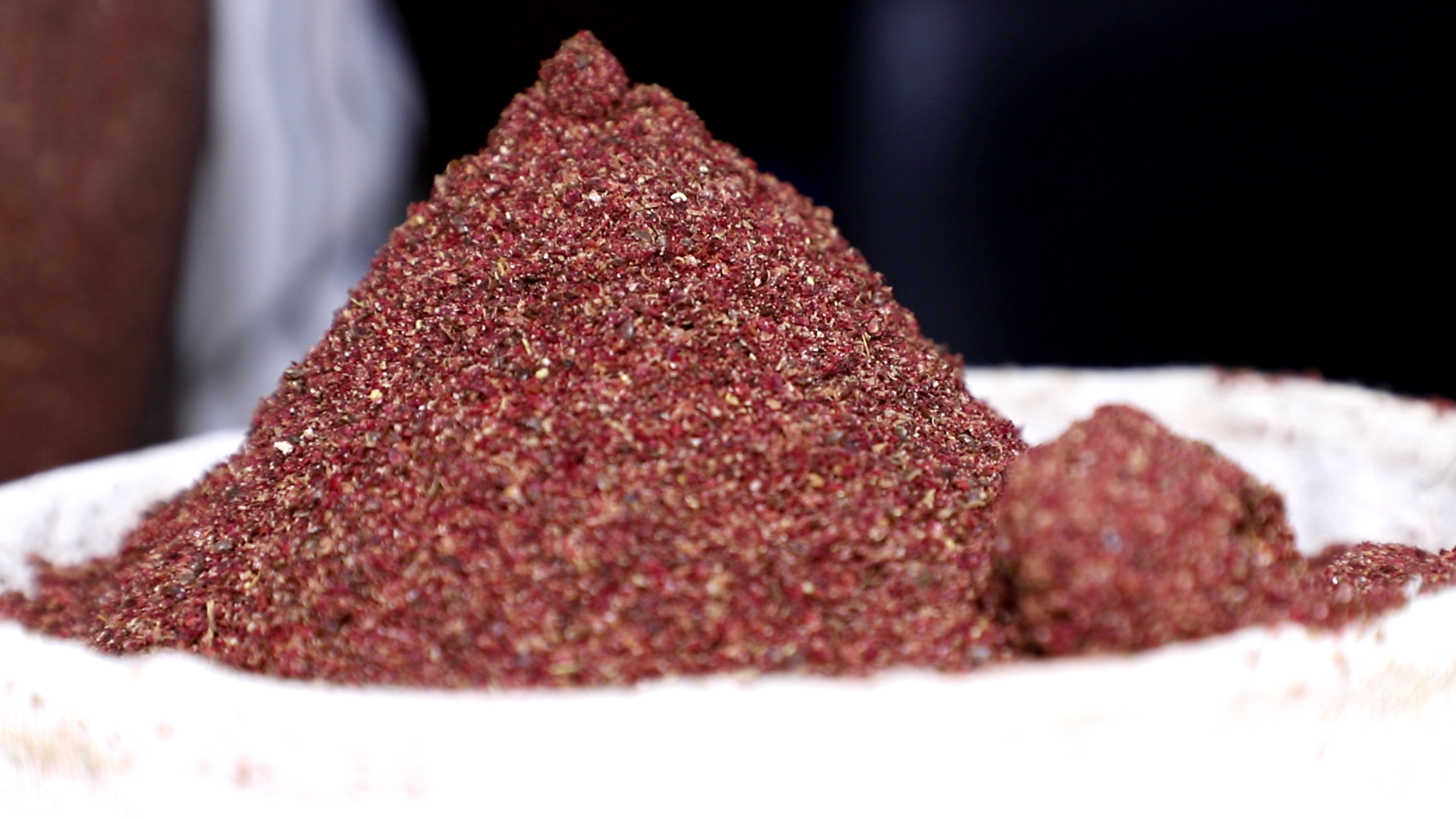Welcome to our blog, where we dive into the world of Palestinian cuisine and explore the unique ingredients that make it so special. In this article, we shine the spotlight on sumac, a tangy and vibrant spice that adds a distinctive flavor to our dishes. Join us as we uncover the benefits and various uses of sumac in Palestinian cuisine.
-
Origins and Harvesting Process: Sumac, known for its tart and lemony taste, grows wildly in the highest mountains of Palestine, including the city of Halhul. At Izz Cafe, we have a deep connection to our hometown, and we import sumac directly from Halhul to bring the authentic flavors of our mothers and grandmothers' cooking to your plate. The process begins by placing an order with local farmers, who carefully harvest the sumac berries.
-
Preparation and Production: After harvesting, the sumac berries undergo a meticulous preparation process. The seeds are separated from the branches and sieved to remove any contaminants. The raw seeds are then left to dry naturally in the sun for several days, allowing them to develop their distinct flavor profile. Once dried, the seeds are taken to a spice grinding factory, where they are transformed into the beautiful, deep purple spice that we know as sumac.
-
Flavor Profile and Culinary Uses: Sumac boasts a unique flavor profile that enhances a wide range of dishes. Its tartness adds a refreshing zing to various culinary creations. The vibrant, lemony notes make it a versatile spice that pairs well with both savory and sweet dishes. In Palestinian cuisine, sumac is often used as a key ingredient in spice blends, marinades, dressings, and toppings.
-
Health Benefits: Beyond its flavor, sumac also offers several health benefits. It is rich in antioxidants, which help combat inflammation and protect against chronic diseases. Sumac is also a good source of vitamins, including vitamin C, and minerals like potassium and calcium. Its tangy taste stimulates the appetite and aids in digestion.
-
Culinary Inspiration: Sumac Recipes and Pairings: Ready to explore the culinary possibilities of sumac? Here are some sumac-inspired recipes and pairings to try:
- Sumac-Spiced Grilled Chicken: Marinate chicken with sumac, garlic, olive oil, and lemon juice for a tangy and succulent dish.
- Sumac Salad Dressing: Create a vibrant and tangy salad dressing by combining sumac, olive oil, lemon juice, honey, and a touch of Dijon mustard.
- Sumac-Sprinkled Hummus: Elevate your hummus by garnishing it with a sprinkle of sumac, adding an extra layer of flavor and visual appeal.
- Sumac-Roasted Vegetables: Toss your favorite vegetables with sumac, olive oil, salt, and pepper, then roast them to perfection for a flavorful side dish.
Sumac, with its tangy and refreshing flavor, plays a vital role in Palestinian cuisine, adding depth and complexity to our dishes. Beyond its culinary uses, sumac offers health benefits and a burst of antioxidants. We invite you to explore the versatility of sumac in your own kitchen, experimenting with different recipes and pairings. Embrace the vibrant flavors that sumac brings and savor the unique taste that defines Palestinian cuisine.
Enjoy watching the following video that shows our efforts to import Sumac from Palestine.


Share and get 15% off!
Simply share this product on one of the following social networks and you will unlock 15% off!